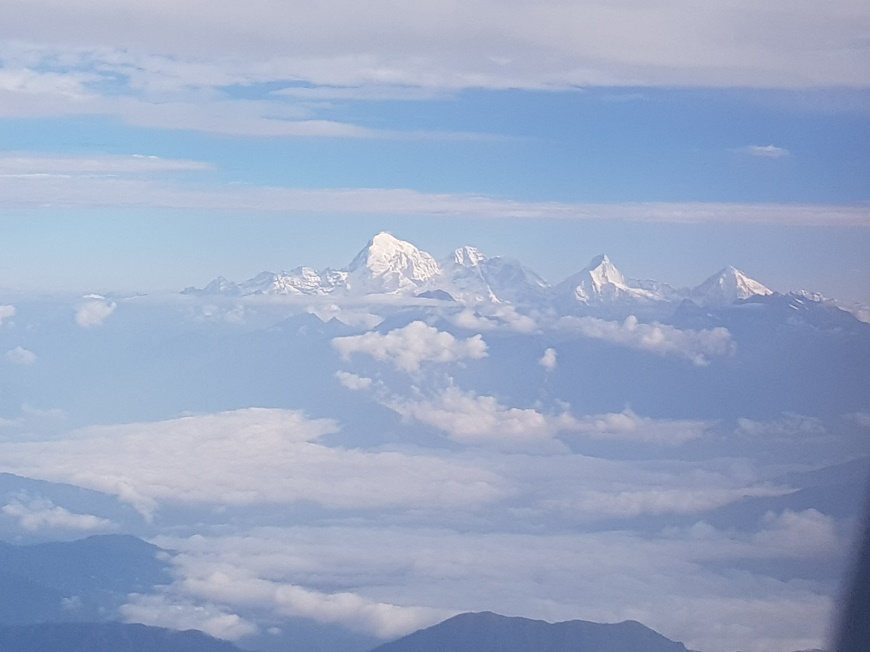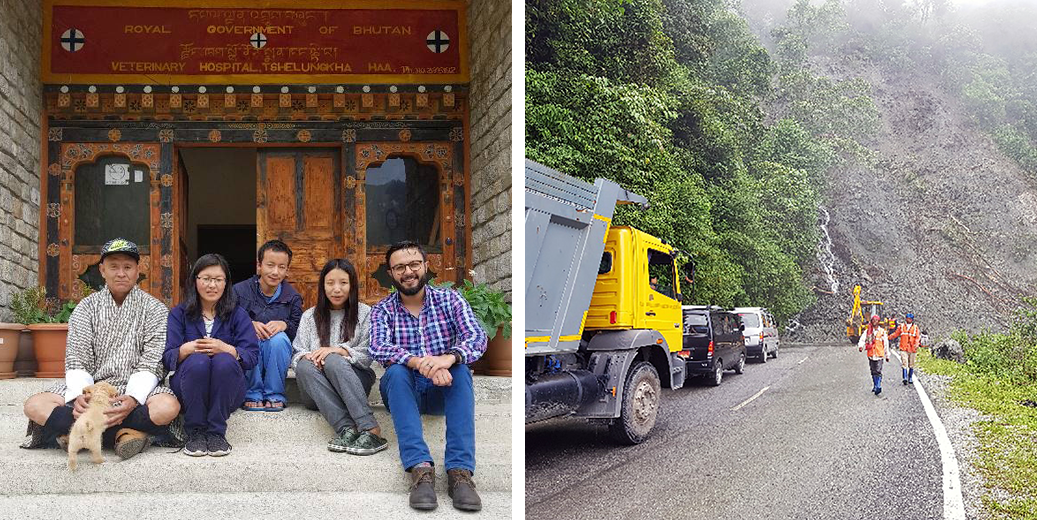Have you thought about the importance of culture in agriculture?
After a short sleep to recover from a rush day trip visiting Bangkok, the transfer picked me up at 3 AM from my hotel and dropped me at Suvarnabhumi international airport. Later that morning, I was on my way to Bhutan. My plan was to spend the next six weeks working with the local veterinary service. The objective was to investigate clinical presentations of livestock and the treatments prescribed to them.

I am a veterinary epidemiologist who works as a research fellow in One Health at the Peter Doherty Institute for Infection and immunity. Although my affiliation does not say agriculture anywhere, I still do research in this area. The fieldwork in Bhutan was my first appointment as a post-doc, and this research was heavily motivated by the Bhutanese culture around animals.
Why? – Let me tell you about the link between culture and agriculture first.
During my PhD, I studied the spread of avian influenza in village chicken systems in Indonesia. This research taught me that many of the disease dynamics in livestock are influenced by people actions. In Indonesia, village chickens represent food security and nutrients, a social activity, a vehicle for community integration, a pass to join local ceremonies, an asset to show your appreciation to visitors, and “petty cash on legs” for medicine, school fees, and other expenses. If chickens get infected, the villager may choose to report it to the authorities… or sell the chickens or even eat them. If we do not understand the context, we will quickly blame the people. We better not. Instead, whatever intervention we plan to control the spread of avian influenza, we make sure that it is sound with the local customs and acknowledges the cultural importance of these poultry.
Culture is big in Bhutan’s agriculture. Livestock management in this country is culturally influenced like nowhere else in the world.

After three hours of flight, I saw the breathtaking Himalayas from my window. Other 60 passengers and I prepared to land in Paro international airport. The manoeuvres to land the plane in the small airport nestled in the mountains made the experience terrific – and a bit terrifying too. In Paro, I met Dr Sithar, a veterinary epidemiologist who is a collaborator in this project. After his big smile welcomed me, we embarked in an 80 kilometres road trip towards Thimphu, Bhutan’s capital. Along the road, extensive patches of green were interrupted by a few houses, crops, and temples. However, livestock was extremely abundant in these landscapes. Free walking animals were along the road, on the hills, along the river: everywhere.

Sithar explained to me that the form of Buddhism practiced in Bhutan involves a deep compassion sentiment for animals that disallows their culling for health or consumption. Instead, animals receive free veterinary health care until they die of natural causes. Over 60% of the population engage in some form of livestock production in Bhutan, and these farmers receive health, nutritional and reproductive assistance from veterinarians and para-veterinarians employed by the government.
In Bhutan there are not private veterinary practices. Also, there is not a single school of veterinary medicine. All veterinarians study abroad.
The cultural influence of Buddhism on Bhutanese agriculture has multiple implications. Cows are reared to produce milk, butter, and cheese. Male animals produced in milk systems are not culled or consumed but freed to roam away. The practice results in forest overgrazing, sporadic damage to crops, and some cliff and road accidents. These livestock may contaminate soil and water and become a vehicle for disease spread between wild and domestic animals, and people.

Bhutanese livestock lives longer and spend comparatively more time in production. Long-lived animals have more time at risk of getting diseases, many of them zoonotic. These livestock are also more likely to receive treatment multiple times in their lives. If the medications prescribed are not appropriate, antimicrobial resistance could emerge. Fortunately, early findings in my research suggest that this is not a worrying issue in Bhutan.
In the following weeks, I travelled across west Bhutan. In these trips I enjoyed the company of Mr Gembo, an experienced para-veterinarian working for the National Veterinary Hospital of Bhutan. Together we visited the region of Haa, up in the mountains, where abortion and retention of the placenta are frequently reported in cows. We also went together to Samtse, right in the border with India, where foot and mouth disease is a headache for the farmers. The clinical presentations of Bhutanese livestock are diverse, which pushes the veterinary service to work to its limit. The frequent natural disasters – including landslides that isolate regions for weeks – are extra challenges for these professionals.

In my last night in Bhutan, my veterinary colleagues organised a farewell dinner and karaoke session downtown Thimphu. In the early days of my fieldwork, I discovered that Bhutanese love spicy food (chili is a staple there!) and karaoke. That was an unexpected cultural match for me.
Nibbling on chili chips and singing the night away is one of the most beautiful memories I have from Bhutan. Celebrating collaboration in these simple ways is a treasured aspect of working on international development.


